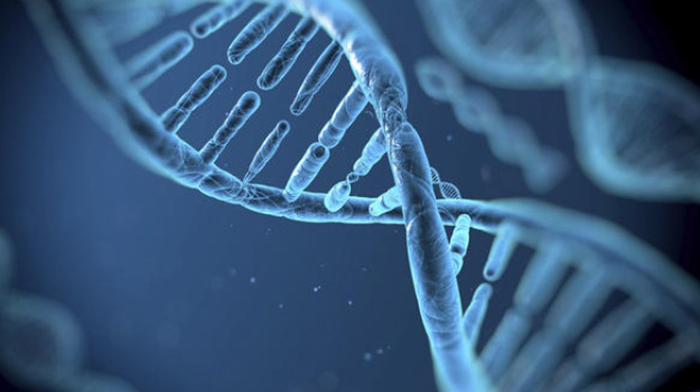In addition to limb pain and difficulty in walking, peripheral artery disease (PAD) can lead to major cardiovascular and cerebrovascular events, and is estimated to be the third leading cause of death associated with atherosclerosis.
"What is important is that although this study does help to identify people who might be at risk for PAD, the findings could also be used to elucidate the mechanism through which PAD arises, and hence could help to identify therapeutic targets for future treatments," said study first author Kouichi Ozaki from RIKEN Centre for Integrative Medical Sciences in Yokohama, Japan.
The researchers began by collecting genetic information on 735 people who suffered from PAD from the BioBank Japan project and compared their genomes with 3,383 people without the condition.
Looking for simple genetic variations - called single nucleotide polymorphisms, or SNPs - that were more common in the patients than in controls, the team identified three genes that were clearly associated with the disease.
"It seems that people with these three gene polymorphisms are particularly vulnerable to this disease," Mr Ozaki noted.
"The three gene polymorphisms (natural variations) were all found to be in the region flanking two different genes," Ozaki said.
More about:
















































